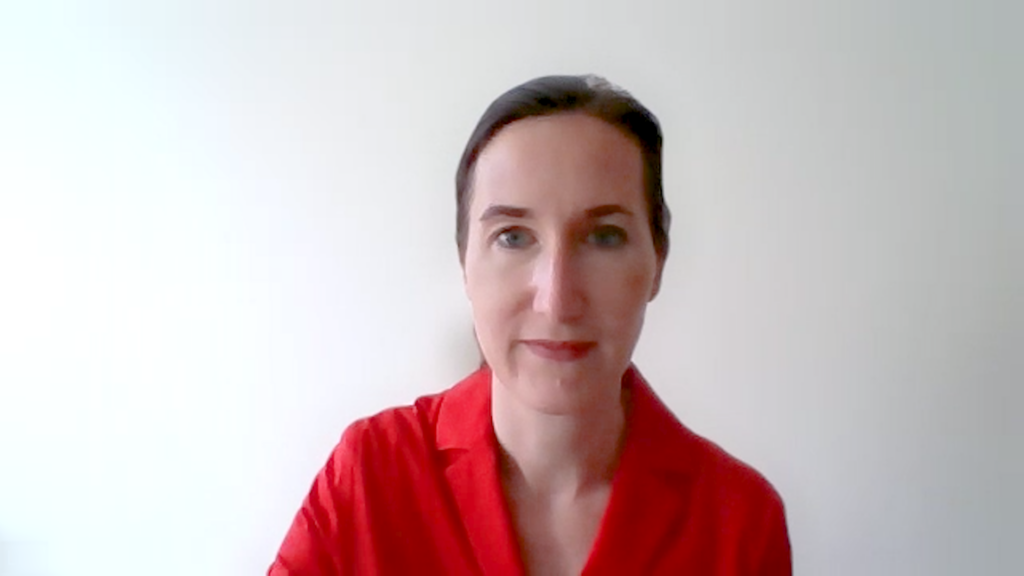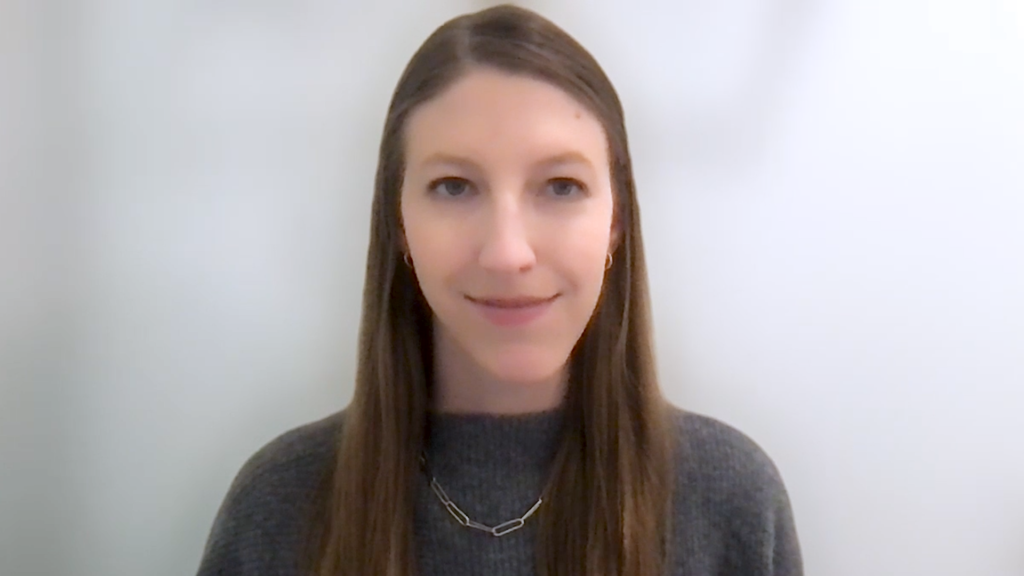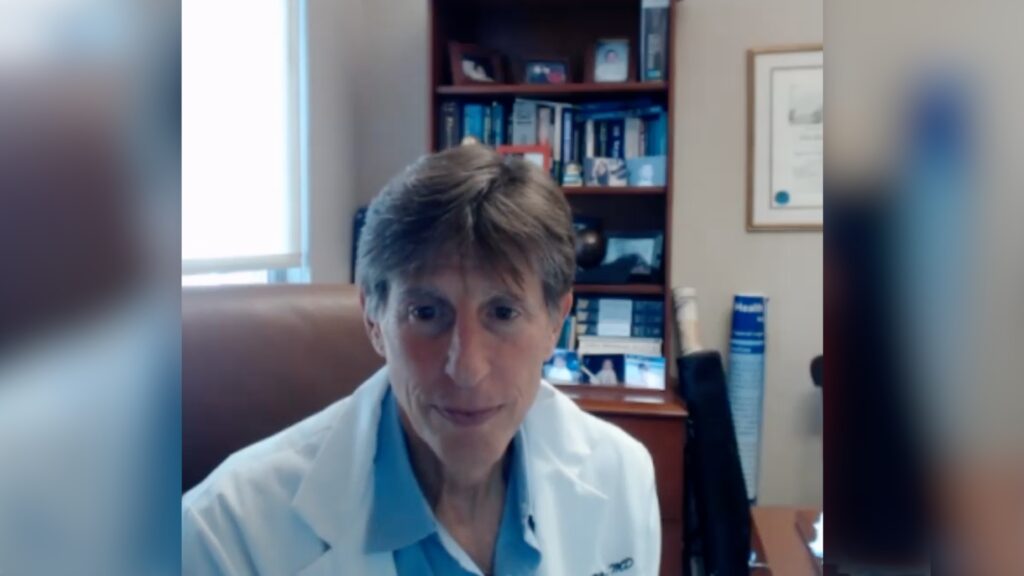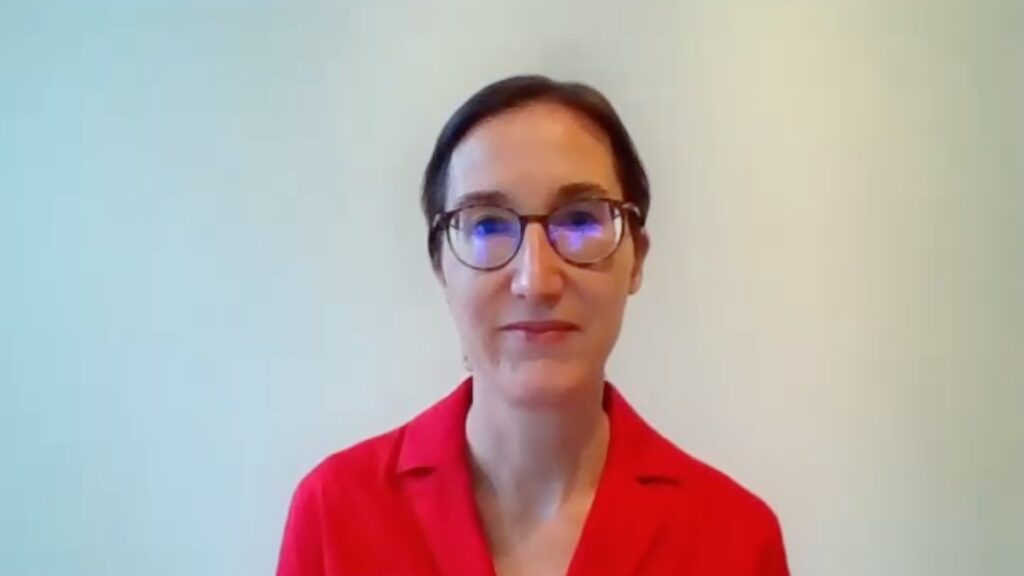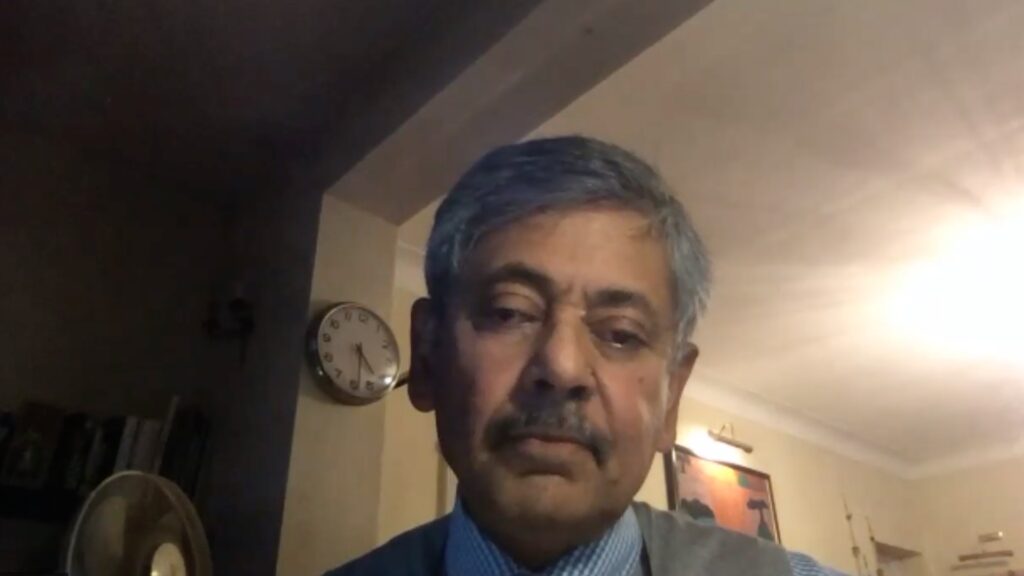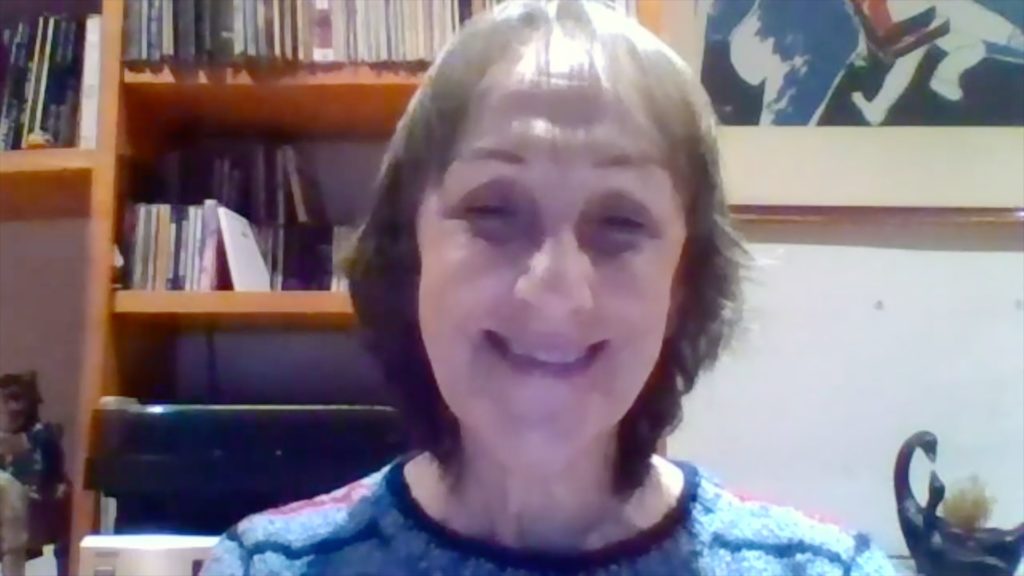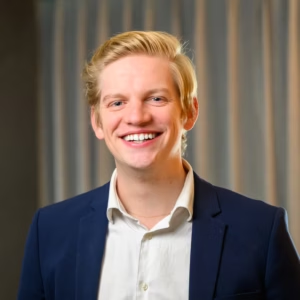 Dr Brian Jaros is an Assistant Professor of Medicine in the Division of Rheumatology at Northwestern University, where he also serves as Associate Program Director of the Rheumatology Fellowship and Associate Director of the Vasculitis Center. Dr Jaros completed his residency at NYU Langone and his fellowship at Northwestern, earning recognition from the American College of Rheumatology (ACR) and Northwestern for his contributions to education and research. His clinical and academic interests focus on vasculitis and medical education.
Dr Brian Jaros is an Assistant Professor of Medicine in the Division of Rheumatology at Northwestern University, where he also serves as Associate Program Director of the Rheumatology Fellowship and Associate Director of the Vasculitis Center. Dr Jaros completed his residency at NYU Langone and his fellowship at Northwestern, earning recognition from the American College of Rheumatology (ACR) and Northwestern for his contributions to education and research. His clinical and academic interests focus on vasculitis and medical education.
As part of our Future Leaders series, Dr Brian Jaros shares how a formative clinical case sparked his passion for vasculitis, how mentorship and medical education shape his approach to training future rheumatologists, and why he sees innovation and individualized care as key to the future of the field.
Q. What inspired your focus on vasculitis, and how has that shaped your clinical career so far?
My interest in vasculitis started during my internal medicine residency. I saw a case of ANCA-associated vasculitis in a young woman who became quickly debilitated by lung and kidney disease leading to hospitalization. Her case required the input of multiple consult teams, including rheumatology, to obtain a prompt diagnosis and treatment and to restore her quality of life. The case stuck with me – I was struck by how aggressive vasculitic disease could be, especially in a young person, but also by how interdisciplinary collaboration could help reverse the disease course.
This interest was solidified during my fellowship where I had the opportunity to be mentored by Dr Anisha Dua, who leads the vasculitis center here at Northwestern University. Her enthusiasm for the disease state and for treating these patients was infectious. The more experience I gained with her in vasculitis, the more my curiosity grew. Ultimately, I found that treating vasculitis combined many of my clinical goals and interests: vasculitis can affect most parts of the body and requires a keen diagnostic mindset as well as a partnership with a variety of other specialists; patients tend to have chronic disease giving the opportunity to forge long-term relationships; and it is an incredibly exciting time to be in this field with new treatment options emerging each year.
Q. What do you find most rewarding about combining clinical care with medical education?
The ability to magnify impact on patients. As clinicians, most of us are motivated by the opportunity to better the lives of the patients we treat on a one-on-one basis. As a teacher, we amplify the number of patients we can reach through the students we train. This is particularly critical in the field of rheumatology, which historically has not gotten as much attention in medical education and training compared to other disciplines.
Q. How has your involvement in medical education influenced your approach to mentorship and training the next generation of rheumatologists?
With an enormous work-force shortage looming in rheumatology, a focus on mentorship and training is more important than ever. I think through formal medical education training we realize that mentorship is not a one-size fits all mentality. It requires dedicated, meaningful focus to use one’s own experience to advance the individual goals of the mentee. Medical education involvement has helped me take a step back in these situations to ask broader questions, such as: “how developed is their career roadmap?”, “where does this trainee want to go and what tools do they need to help them get there?” and “what factors outside of medicine shape and impact their goals?”.
Beyond the more practical knowledge, being involved in medical education reminds me that mentorship and training is important but it also should be fun! My path in medical education stems from a joy of teaching others, and I try to bring this energy to the trainees I work with. As I mentioned from my own mentorship experience, enthusiasm is contagious. In my opinion, one of the best ways we can motivate others to pursue their passions is to lead by example, demonstrating what brings excitement to our own careers.
Q. Looking ahead, what do you see as the biggest opportunities and challenges for innovation in the field of rheumatology?
I think the biggest opportunities come from the rapidity at which we are exploring new treatment options for our disease states, which continues to markedly change the landscape of the field, compared to even 20 years ago. While historically treatments have been focused at keeping disease at bay, the next frontier of treatment looks at “curative” options. This includes many innovations from the oncology space, including CAR T-cell therapy and bi-specific T-cell engagers.
Both an opportunity and a challenge continue to be how we can individualize treatment for each patient. As any rheumatologist knows, finding the right immunosuppressive regimen for any one patient can be a trial-and-error process, cycling through multiple different agents or combinations before getting to the correct fit. Creating tools, for example using clinical characteristics, laboratory biomarkers, or genetic profiling, to optimize up-front treatment choice would have a profound impact on achieving swifter remission for our patients.
Q. How do you see your work evolving over the next five years as a clinician, researcher, and educator?
In the vasculitis space, I plan to build our research consortium within the vasculitis center here at Northwestern, alongside Dr Dua. Through research, we hope to bridge existing clinical expertise in caring for our vasculitis patients with new and cutting-edge data that helps advance their treatment. From an educator standpoint, I am excited to continue my work as the Associate Program Director of the Rheumatology Fellowship Program – I hope to use my medical education experience to enhance our curriculum and mentor incoming fellows.
Further content in vasculitis.
Editor: Victoria Jones, Senior Content Editor.
Disclosures: This short article was prepared by touchIMMUNOLOGY in collaboration with Brian Jaros. touchIMMUNOLOGY utilize AI as an editorial tool (ChatGPT (GPT-4o) [Large language model]. https://chat.openai.com/chat.) The content was developed and edited by human editors. No fees or funding were associated with its publication.
Brian Jaros discloses receiving grant/research support from Amgen; serving on advisory boards for Novartis; receiving honoraria from Figure 1; and participating in speaker’s bureaus with AbbVie.
Cite: Brian Jaros. Advancing Vasculitis Care and Medical Education: An Interview with Future Leader, Dr Brian Jaros. touchIMMUNOLOGY. 23 June 2025.
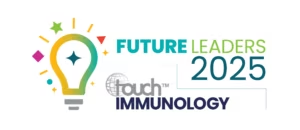
touchIMMUNOLOGY is celebrating the brightest rising stars in the immunology community, who are set to shape the future of the field.
View more Future Leaders interviews here.
SIGN UP to TouchIMMUNOLOGY!
Join our global community today for access to thousands of peer-reviewed articles, expert insights, and learn-on-the-go education across 150+ specialties, plus concise email updates and newsletters so you never miss out.



